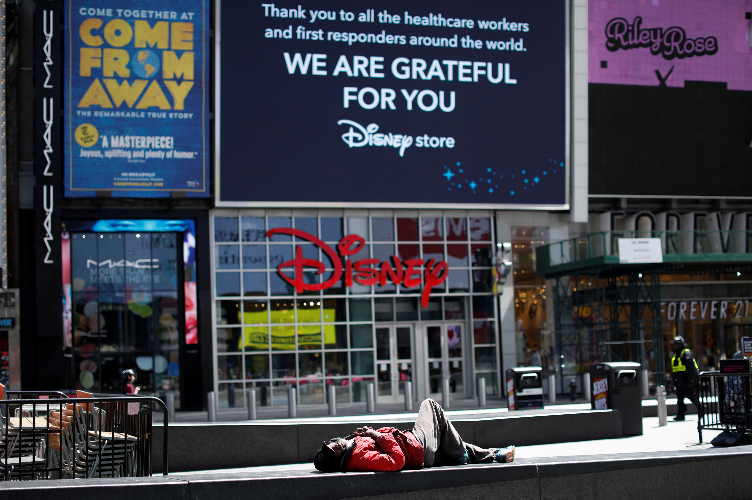On Wednesday, Apr. 8, has been the deadliest day in the United States since it started recording Coronavirus statistics from infected patients. Within 24 hours, nearly 2,000 Americans have died due to the virus; almost 800 of this number were in New York. A recent study has discovered that there could be a link between the massive air pollution experienced by the Big Apple and the rapid spread of the SARS-CoV-2 virus. Other cities in the United States with air pollution problems could, unfortunately, be next.
Study: Pollution plays a role in Coronavirus spread; Which US state could be the next hotspot?

As of today, Apr. 8, New York has had the highest number of people diagnosed with COVID-19 in the U.S. However, this number could change very soon.
CNN has reported a study claiming that air pollution could be one of the main factors why Coronavirus spread faster in New York than in other states. In a pre-print study conducted by the Harvard T.H. Chan School of Public Health, the researchers claim that "long-term exposure to air pollution increases vulnerability to experiencing the most severe COVID-19 outcomes."
The researchers studied air pollution in approximately 3,000 counties in the United States or 98% of the population up until April 4. They found that many other U.S. counties have high air pollution that ranges from fine particulate matter (PM 2.5) levels above 13 micrograms per cubic meter of air.
"We found that an increase of only 1 gram per cubic meter in fine particulate matter in the air was associated with a 15% increase in the COVID-19 death rate," said lead author Francesca Dominici, who is also the co-director of the Harvard Data Science Initiative.
The study claims that if an area has a higher air pollution standing, the possibility of more positive Coronavirus patients will also follow.
Which US county or state will be the next hotspot of COVID-19?

Since researchers from Harvard already claim that air pollution plays a major role in Coronavirus spread, they also predicted the areas in the country that might be the next virus hotspot. These counties still don't have significant numbers of COVID-19 positive cases, but they do have a problem with air pollution.
"Atlanta stands out as one of the clearest examples," said co-author Xiao Wu, a Ph.D. student in the Department of Biostatistics at Harvard University. "DeKalb and Gwinnett counties all have PM 2.5 levels greater than 13 micrograms per cubic meter of air across our study period, and still have a relatively low number of confirmed cases and deaths. Baltimore as well stands out as a place with high PM exposure, but a low number of deaths for now."
As a clarification, this study is still on a "pre-print" status. This means that it has not yet undergone peer review and hasn't been accepted by a journal for publication. However, the lead author of the study warns everyone located in these areas to be more aware of the situation they are in.
"That means that in these counties, we need to keep an even closer look at the social distancing measures, and we need to make sure that they are equipped to respond to those hospitalized with COVID-19," Dominici said. "This is really, to me, utterly common sense."
ALSO READ: Possible Coronavirus Cure May Be Found In 60,000-Year-Old Forest, Scientists Say
ⓒ 2025 TECHTIMES.com All rights reserved. Do not reproduce without permission.




